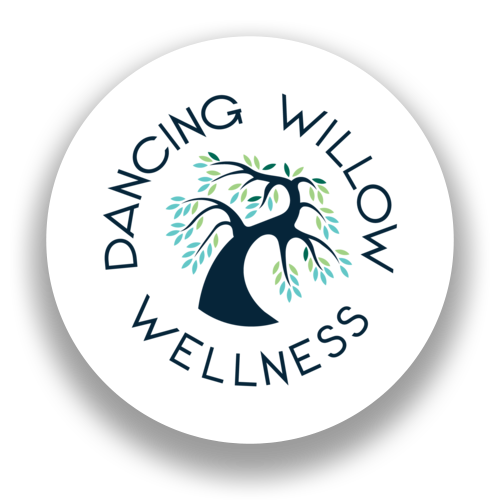The ADHD Brain and Emotions: Why We Overreact and How to Cope
Welcome to the second part in my new series ~ ADHD 101. Each part will address different aspects of working, loving and living with ADHD. As a psychotherapist and someone diagnosed with this disorder, I hope this series goes beyond the basics of showing what ADHD is, but rather shows you how different life is wired divergently.
The first article in the series (What’s in a Name? Attention Deficit Hyperactivity Disorder) explained that Attention Deficit and Hyperactivity Disorder is a neuro-developmental disorder, meaning our central nervous system, including the brain, developed differently than the general population. In this article, we’ll dive into how emotions impact individuals with ADHD. Most people do not associate emotions with the brain. However, one of the lesser-known aspects of ADHD is the difficulty many individuals experience with emotional regulation.
What is Emotional Regulation?
Emotional regulation refers to the ability to manage and respond to one’s emotional experiences in a healthy way. This includes the ability to identify emotions, recognize emotional triggers and match appropriate strategies to cope with negative emotions. As children, our emotions ran our lives. As we grow up, our brains begin to buffer our internal emotional reactions and our external behaviour. It is this buffer that is impaired in ADHDers.
ADHD brains do not filter out triggering events and disinhibit emotional responses as effectively as they should. Add to that our impulsivity, and instead of biting our tongues, we snap out verbally. A few more examples of our porous filter are:
Emotional reactions that seem out of sync with their cause
Difficulty calming down, even if you’re aware that you’re overreacting
Low tolerance for frustration or annoyance
Attention & Emotional Dysregulation
The flashlight of our attention shines brightly, especially when there is emotional distress. This spotlight on the negative feelings can, unintentionally, amplify them. We can’t shift the light back on the task at hand. This inability to refocus can lead to ruminating on emotional distress, which leads to feeling completely overwhelmed by our emotions.
Emotional Dysregulation & Self-Esteem
These ruminations and overreactions are not lost on ADHDers. We KNOW our emotional responses may not match the situation. Frequently, we’re informed by those around us that ‘we’re being emotional’, ‘too sensitive’, or to ‘stop being a baby’. Psychologically, it can also lead to a lot of self-doubt and uncertainty surrounding our feelings. If your overreactions and impulses have burned you in the past, it can be hard to trust any of your emotions, even those more in line with the situation. This can lead to minimizing or ignoring your feelings, and emotional suppression only has negative effects on mental health.
Emotional regulation is a crucial component of living successfully with ADHD. By recognizing the unique challenges and implementing effective strategies, individuals can improve their emotional well-being and enhance their quality of life. With the right tools and understanding, individuals with ADHD can navigate their emotions more effectively and thrive in their daily lives.
Emotional Regulation Strategies You Can Try
Most strategies recommended to address dysregulation are solution-focused. But before solving a problem I firmly believe you have to understand it first. You can’t match the right solution if you don’t fully grasp the issue. The following are process-focused strategies. After years (or decades) of being told our feelings are wrong, ADHDers usually need to start by creating space for the feelings we have, in the way that we have them.
Pause- don’t try to ‘fix’ the negative feelings. It reinforces that our emotions aren’t allowed. Instead of minimizing, reframing or suppressing, take a moment and breathe.
Observe - instead of acting on the emotion, whether to try to stop it or impulsively react, take a moment to watch the feeling. This may sound strange, but it’s a large part of many types of therapies. Because the only way for a feeling to end is to go through it. Anything else only prolongs its lifespan.
Explore -whether drawing, painting, talking it out or journaling (my favourite), feelings are the strongest when they first come up. However, this isn’t the best time to communicate grievances. It’s the best time to externalize them (out of your head/heart and onto a canvas or paper) so you can figure out what’s going on and how you want to address it.
It’s important to remember that emotional dysregulation isn’t a personal failing, it's a part of how the ADHD brain works. By seeking support, implementing practical coping strategies, and being patient with ourselves, we can learn to manage our emotions more effectively and create a more balanced, fulfilling life. Whether you're just beginning this journey or are well on your way, there is always room for growth and improvement. If you want to know more, reach out to me!
Alicia
PS - Have you read the first article in this series? If not, here it is: What’s in a Name? Attention Deficit Hyperactivity Disorder. Curious about the next article in this series? You can continue reading with


